Designing a home is an exciting journey. Yet, it can be fraught with challenges. Many homeowners unknowingly make design mistakes.
These errors can affect both functionality and aesthetics. Poor space planning and bad lighting choices are common pitfalls. They can make a home feel cramped or uninviting.
Ignoring functionality for aesthetics is another trap. It can lead to home improvement mistakes that are costly to fix. Overlooking storage needs can result in cluttered spaces.
Furniture placement mistakes can disrupt the harmony of a room. Neglecting a cohesive design theme can create visual chaos. These are just a few of the design mistakes homeowners often make.
But fear not! With the right guidance, these errors can be avoided. This article will provide practical advice and design tips for homeowners.
By learning from these common design pitfalls, you can create a home that is both functional and beautiful. Let’s explore how to avoid these home design mistakes.
1. Poor Space Planning
Poor space planning is a frequent error. It often leads to cramped or underutilized spaces. Many homeowners underestimate the importance of efficient layout design.
Effective space planning ensures every area serves its purpose. Without it, some zones become dead space while others feel congested. This can disrupt the flow of the home.
A well-thought-out layout enhances both functionality and aesthetics. To avoid home layout problems, prioritize planning the flow of movement. Ensure easy access between high-use areas like kitchens and living rooms.
Tips to Avoid Poor Space Planning:
- Consider the furniture scale and room size.
- Plan for multiple functions in common areas.
- Allow for enough walkways and circulation space.
Balancing aesthetics with usability is essential in creating a functional home design. Ensuring your layout meets daily needs also enhances living comfort. It prevents home improvement mistakes that may be costly in the long run.
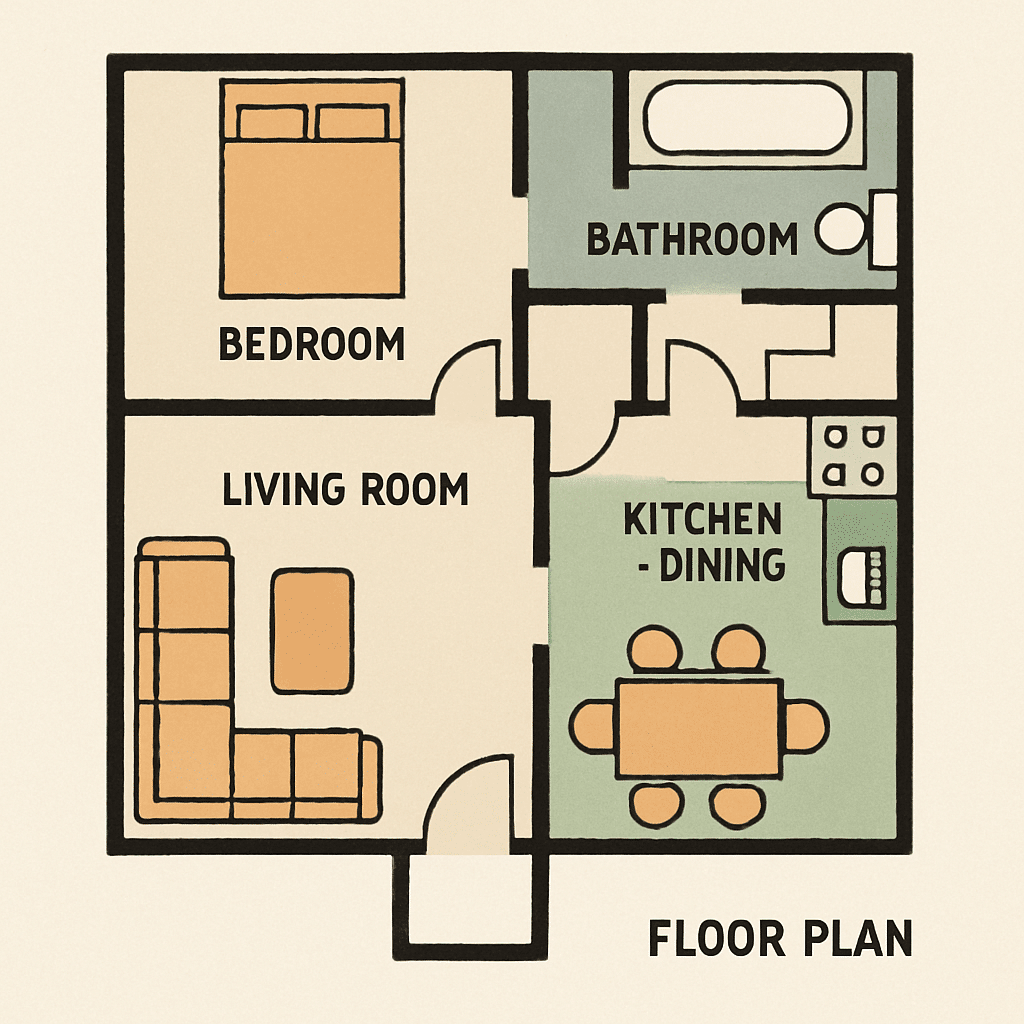
Remember, smart space planning can transform a house into a well-organized home. It supports a seamless lifestyle, improving both utility and enjoyment.
2. Bad Lighting Choices
Lighting influences both mood and functionality of a space. Bad lighting choices often occur during the design phase. Many homeowners opt for fixtures based on style rather than function.
Insufficient lighting can make spaces feel dim and uninviting. This creates an uncomfortable environment that lacks warmth. On the other hand, overly bright lighting can feel sterile and harsh.
Combining different light sources can enhance a room’s ambiance. A good lighting plan includes ambient, task, and accent lighting. This layered approach offers flexibility and depth.
Tips to Avoid Bad Lighting Choices:
- Use dimmers to control light intensity.
- Incorporate natural light whenever possible.
- Choose light colors that complement the room’s palette.
In spaces like kitchens and offices, task lighting is crucial. These areas require precision, making focused light essential. Meanwhile, living areas benefit from softer, ambient lighting for relaxation.
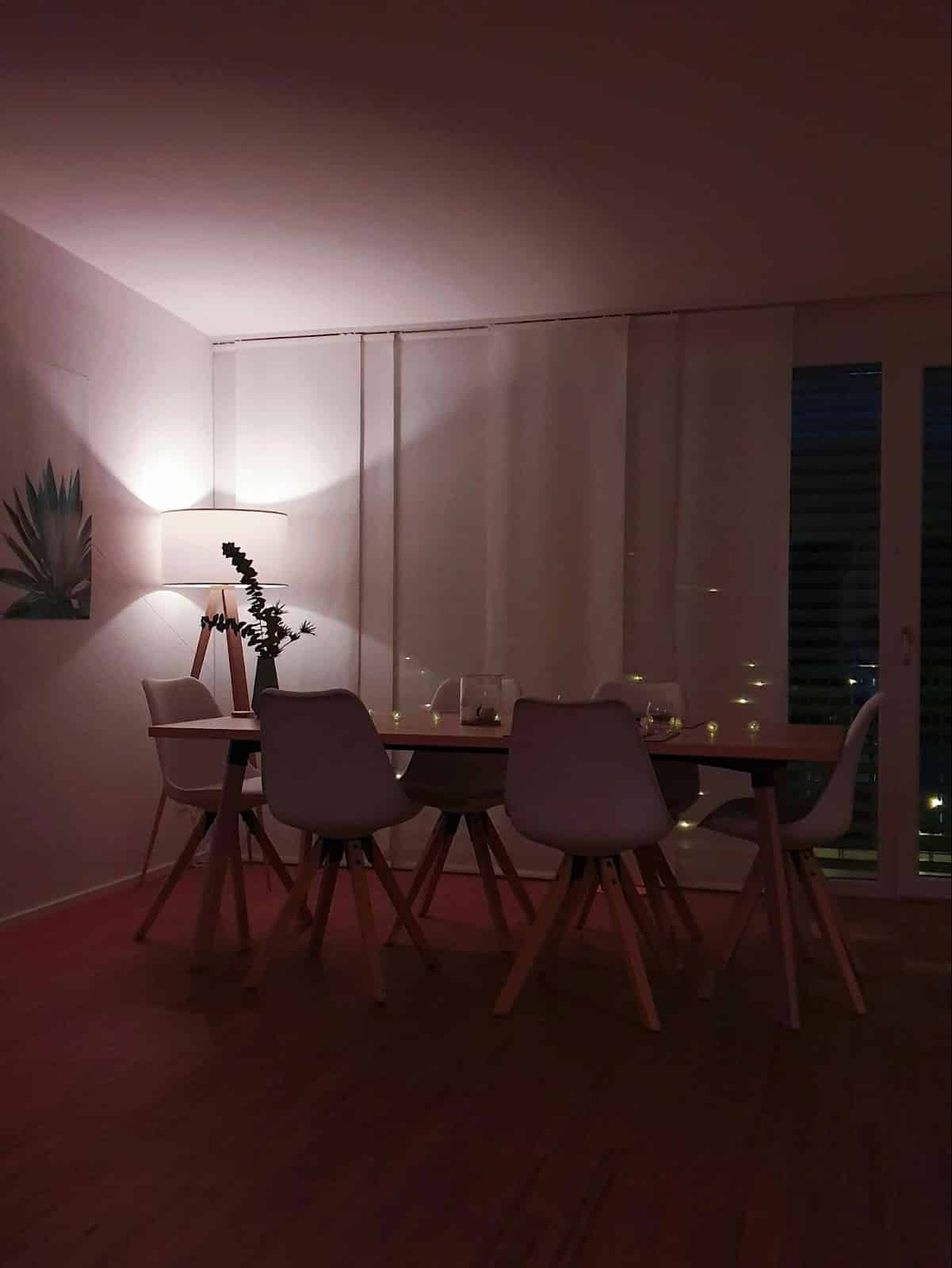
Thinking beyond aesthetics ensures a well-lit home. Proper lighting choices can transform how a space is perceived and used. With thoughtful selection, every room becomes inviting and functional.
3. Ignoring Functionality for Aesthetics
Homeowners often prioritize appearance over practical use. This mistake can lead to home improvement mistakes that affect daily life. Spaces need to serve both aesthetic and practical purposes.
Choosing looks over usefulness can cause many issues. For instance, selecting a beautiful sofa that’s uncomfortable limits its purpose. Rooms should cater to living, not just impressing guests.
Balancing form and function ensures a home is both beautiful and livable. Functional home design requires focusing on how spaces are used. Comfort, ease of movement, and convenience should guide design choices.
Strategies to Balance Function and Aesthetic:
- Prioritize ergonomic furniture.
- Consider lifestyle when choosing room layouts.
- Use materials that marry beauty with durability.
In dining areas, comfort is as crucial as style. Chairs need to look good and be comfortable for long meals. Similarly, kitchens should offer both visual appeal and sufficient workspace.
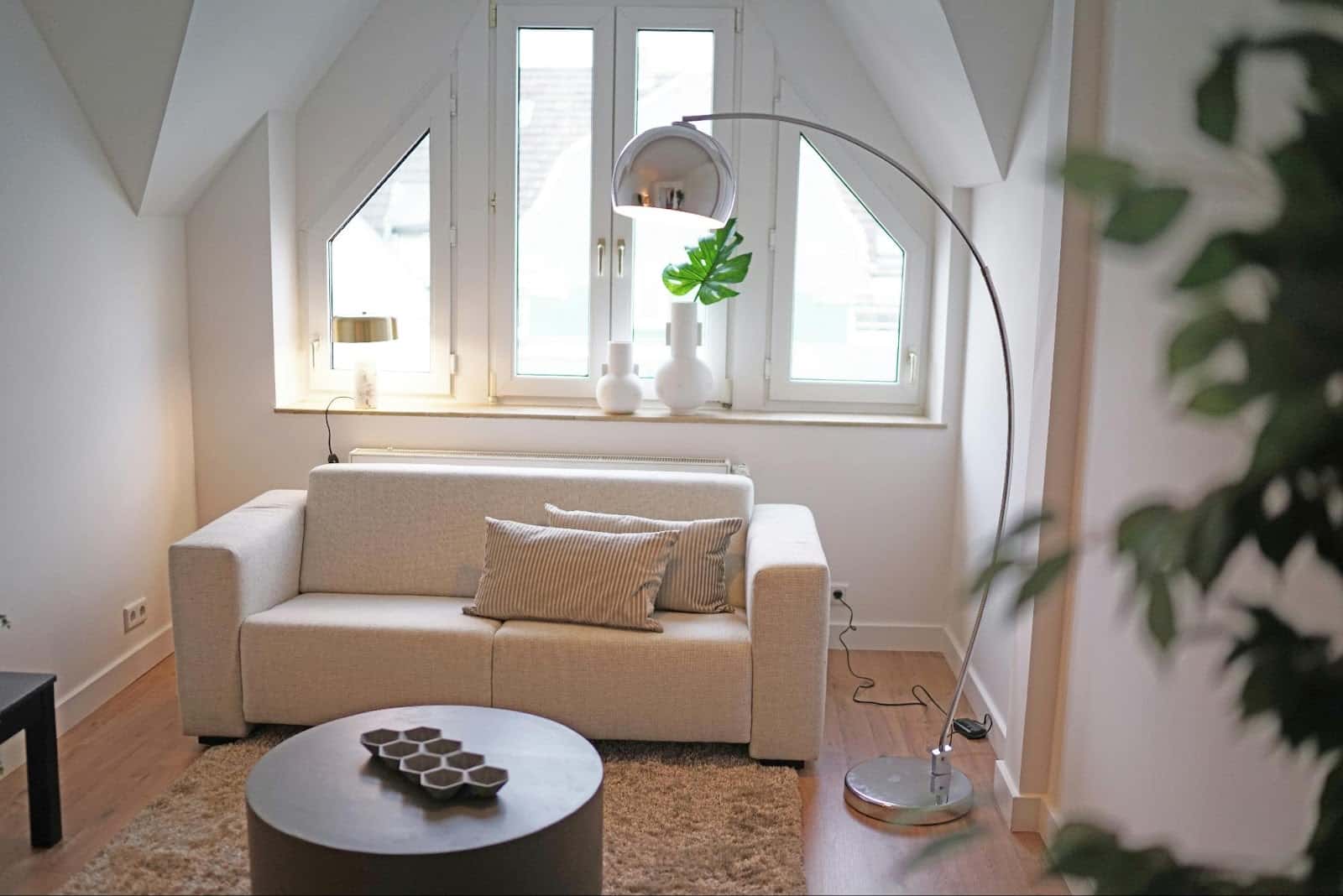
Achieving harmony between function and aesthetics can be challenging. However, combining both leads to a satisfying and useful living environment. Investing time in this balance reaps long-term rewards.
4. Overlooking Storage Needs
Cluttered homes often result from neglecting storage needs. A lack of storage space can make even the most well-designed rooms feel chaotic. Proper organization begins with planning for adequate storage.
Homeowners frequently underestimate the amount of stuff they accumulate. This oversight can disrupt both form and function. Without thoughtful storage solutions, maintaining a tidy and organized home becomes challenging.
Key Storage Solutions:
- Utilize vertical space with shelves or cabinets.
- Choose furniture with built-in storage options.
- Incorporate storage in every room, not just closets.
Effective storage solutions can enhance both the look and usability of a space. For example, under-bed storage bins are perfect for seasonal clothes. Similarly, kitchen islands with shelves offer extra room for cookware.
Planning for enough storage helps to maintain order and cleanliness. It ensures that a home remains a pleasant space. With a focus on storage, homes can be both attractive and efficient.
5. Furniture Placement Mistakes
Furniture placement plays a crucial role in both the aesthetics and functionality of a home. Poorly arranged furniture can disrupt flow and create an unwelcoming atmosphere. It’s essential to consider the layout carefully.
One common mistake is pushing all furniture against walls. While this might seem to create more space, it often leaves rooms feeling disjointed. Bringing pieces inward can promote better conversation areas and improve room dynamics.
Effective Furniture Placement Tips:
- Create distinct conversation zones.
- Ensure clear pathways for movement.
- Balance furniture scale with room size.
Maintaining balance and proportion is also vital. Oversized furniture can overwhelm small rooms, while tiny pieces may feel lost in large spaces. Selecting the right furniture sizes for your space can greatly enhance comfort.

Correct furniture placement improves a room’s flow and functionality. By arranging furniture thoughtfully, you can transform your space. This approach enhances both usability and visual appeal, contributing to a more harmonious home environment.
6. Neglecting a Cohesive Design Theme
A cohesive design theme is vital for creating a harmonious home environment. Neglecting this aspect can lead to visual chaos and inconsistency. Your home should tell a unified story.
Mixing different styles and themes without a clear plan often results in a disjointed look. This hodgepodge appearance can be distracting and make spaces feel unorganized. Strive for a unified aesthetic throughout your home.
Steps for a Cohesive Design:
- Choose a consistent color palette.
- Stick to complementary furniture styles.
- Align decorative elements with the overall theme.
When multiple styles come together seamlessly, they create a balanced and inviting space. It’s crucial to maintain consistency in materials, finishes, and colors for this effect.
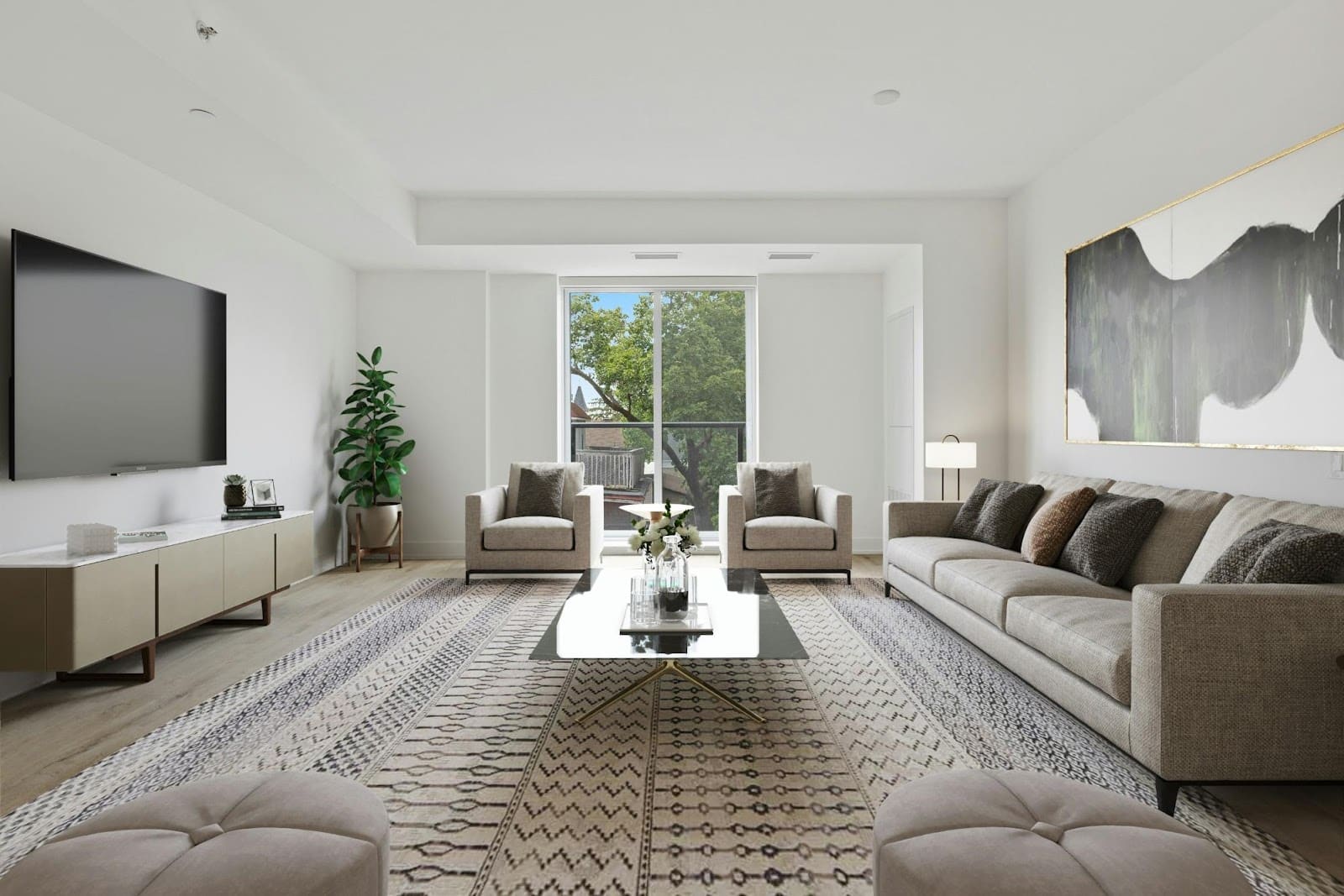
Consider each room as part of a larger whole. A cohesive design fosters a sense of continuity and enhances your home’s overall appeal. By thoughtfully selecting and arranging design elements, you create an aesthetically pleasing environment that feels connected.
7. Failing to Set a Realistic Budget
Setting a realistic budget is crucial in avoiding home improvement mistakes. Many homeowners dive into renovations with vague financial plans, leading to costly oversights. Financial planning is key to a stress-free renovation.
Without a budget, it’s easy to overspend on unnecessary features. Prioritize your needs and allocate funds wisely. This approach prevents financial strain and helps you keep track of expenses as projects progress.
Budgeting Tips:
- Plan for unexpected costs.
- Prioritize essential upgrades.
- Research average costs for your projects.
A detailed budget aids in decision-making and helps prevent home renovation errors. It’s also a safety net against unforeseen expenses. Transparency in budgeting can also facilitate discussions with contractors or designers.
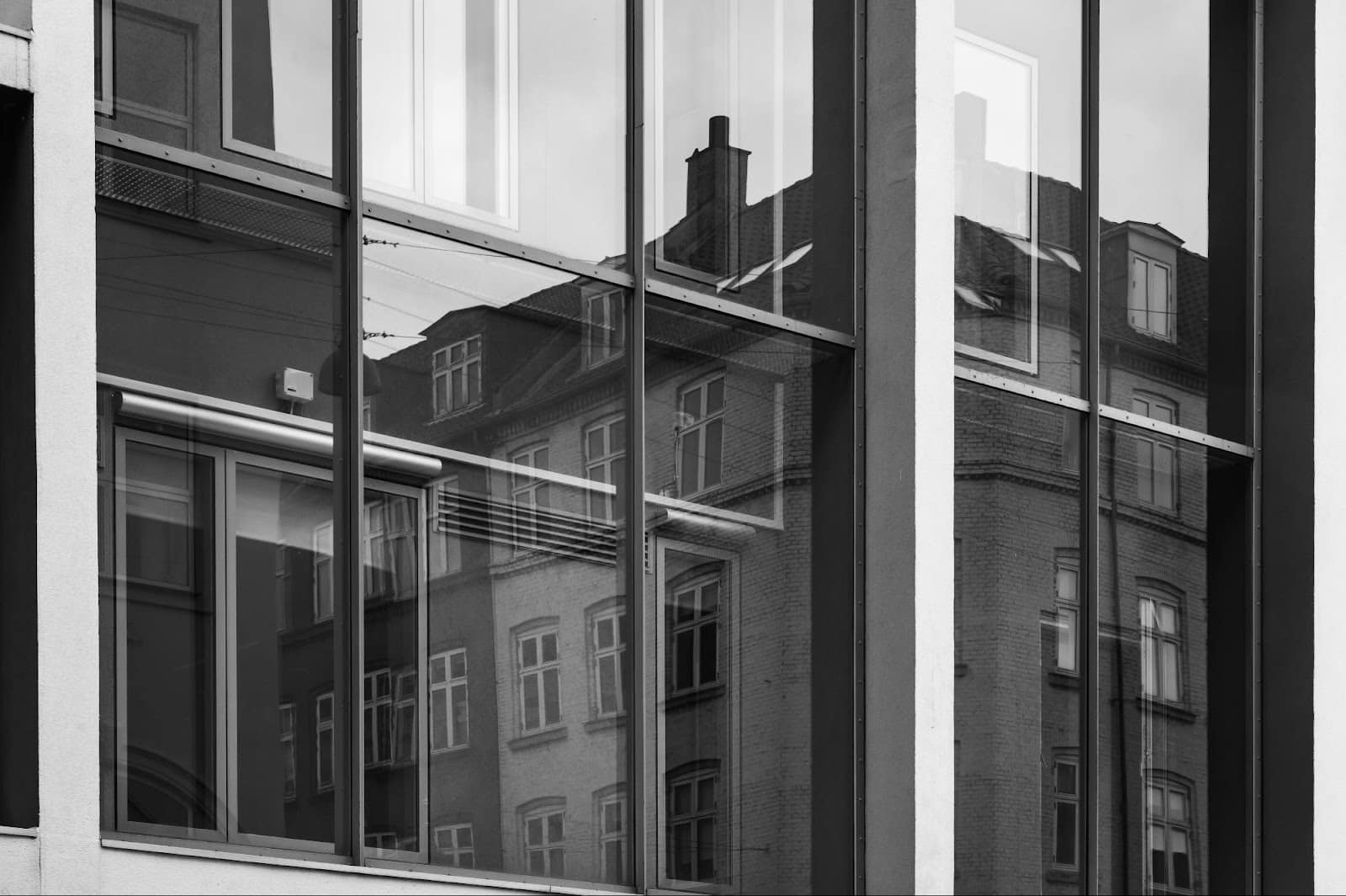
Always remember to review your budget periodically. This practice ensures that you’re staying on track and making informed decisions. Setting and following a realistic budget results in a smoother renovation process and a project that concludes on time and within financial limits.
8. Not Considering Future Needs
Designing a home that only meets immediate needs can lead to future challenges. As families grow or lifestyles change, spaces must adapt accordingly. Ignoring this foresight can result in expensive renovations down the line.
It’s important to consider how your needs might evolve over time. For instance, a guest room may become a nursery, or you might need a home office. Predicting these changes can inform your current design decisions.
Consider Future Needs:
- Flexible room designs
- Multi-functional spaces
- Universal design principles
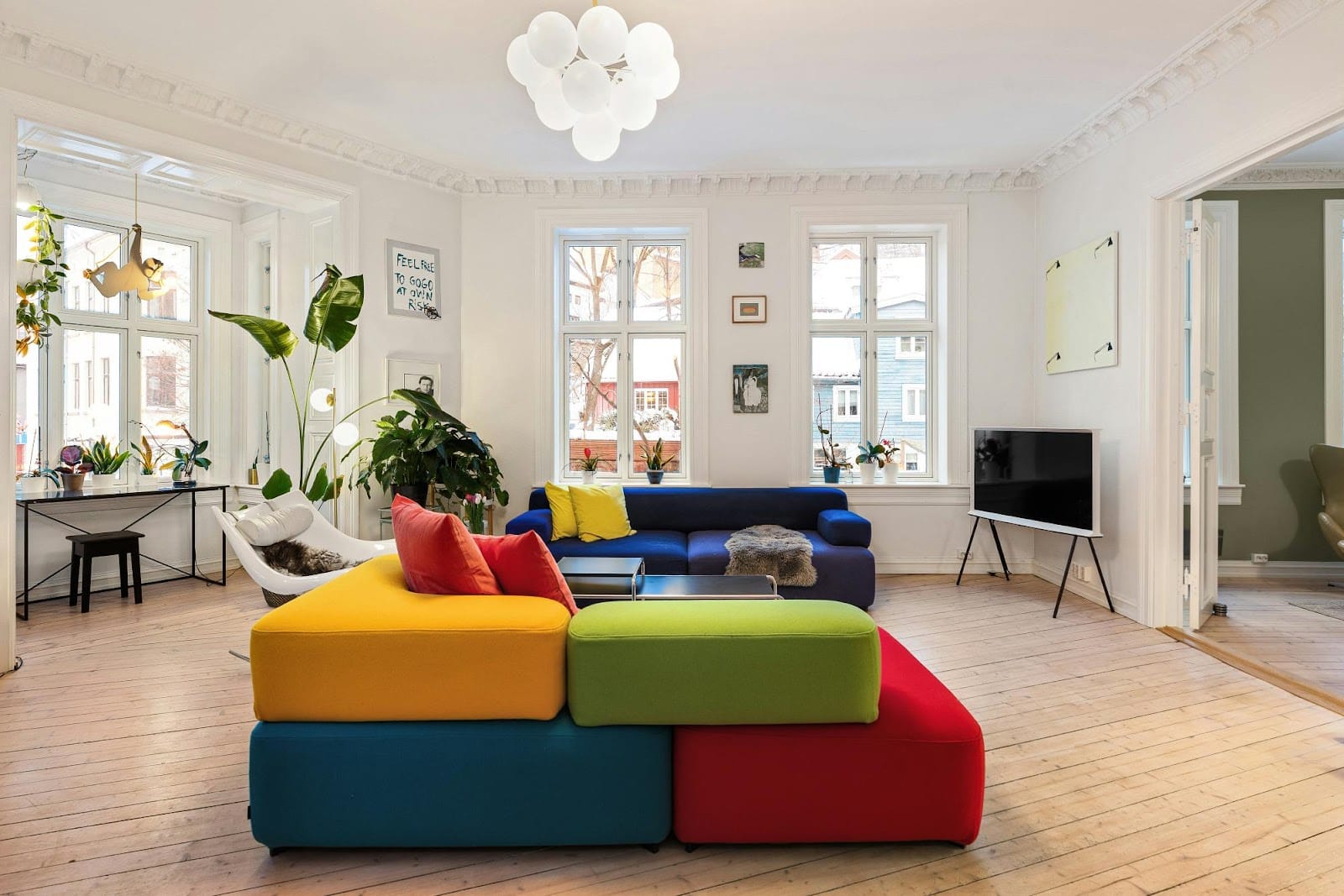
Incorporating adaptable elements into your home now can save time and money later. Flexible furniture, like Murphy beds or foldable desks, can help spaces serve dual purposes. Likewise, designing for accessibility can ensure comfort for aging family members.
Think long-term when planning your layout and furniture choices. Envision your home as a dynamic environment capable of growing with your family. By planning ahead, you’ll create a home that’s both functional and resilient to change.
9. Skipping Professional Guidance
Many homeowners attempt renovations without professional input, leading to costly mistakes. Architects, interior designers, and contractors offer valuable insights. They can foresee potential issues and provide solutions you might overlook.
Professional guidance goes beyond aesthetic advice. Experts ensure structural integrity, optimal space usage, and code compliance. This knowledge is essential, especially in complex projects.
Advantages of Hiring Professionals:
- Expert design recommendations
- Cost-effective planning
- Attention to detail

Of course, enlisting professional help doesn’t mean relinquishing your style or preferences. Instead, it’s a collaborative process ensuring your vision is both practical and achievable. Consider seeking consultation even for smaller projects. The investment often pays dividends in efficiency, safety, and satisfaction.
Relying solely on DIY approaches can be tempting. However, the expertise professionals bring can safeguard against critical errors. It’s a smart strategy to combine your passion with professional experience, ensuring beautiful yet functional results.
10. Over-Personalization and Trend Chasing
Personalizing your home is important, yet excessive personalization can hurt resale value. Unique tastes may not appeal to future buyers, limiting market appeal. Finding a balance is crucial for long-term benefits.
Chasing trends can make spaces appear dated quickly. While trendy designs catch the eye initially, they often lose relevance within a few years. Opt for timeless styles that offer enduring appeal and flexibility.
Ways to Balance Personalization and Trends:
- Use accessories for trends
- Opt for timeless bases
- Neutral backgrounds

Stick to personal expressions in small, replaceable elements. Swap out decorative pieces to stay current without major renovations. This approach keeps your space fresh and adaptable.
Avoid extreme design decisions that might not stand the test of time. Always consider how design choices align with both personal style and universal appeal. This strategy ensures satisfaction now and in the future.
Bonus Tips: Avoiding Other Common Design Pitfalls
Designing a home involves intricate decisions and attention to detail. Overlooking minor elements can lead to larger issues down the road. Being mindful of small yet impactful details can elevate your home’s design.
Consider energy efficiency to reduce costs. Simple adjustments can significantly lower energy usage and improve comfort. For instance, proper window treatments can enhance insulation and light control.
Key Areas to Focus On:
- Energy-efficient lighting
- Thoughtful material selection
- Emphasizing sustainable design
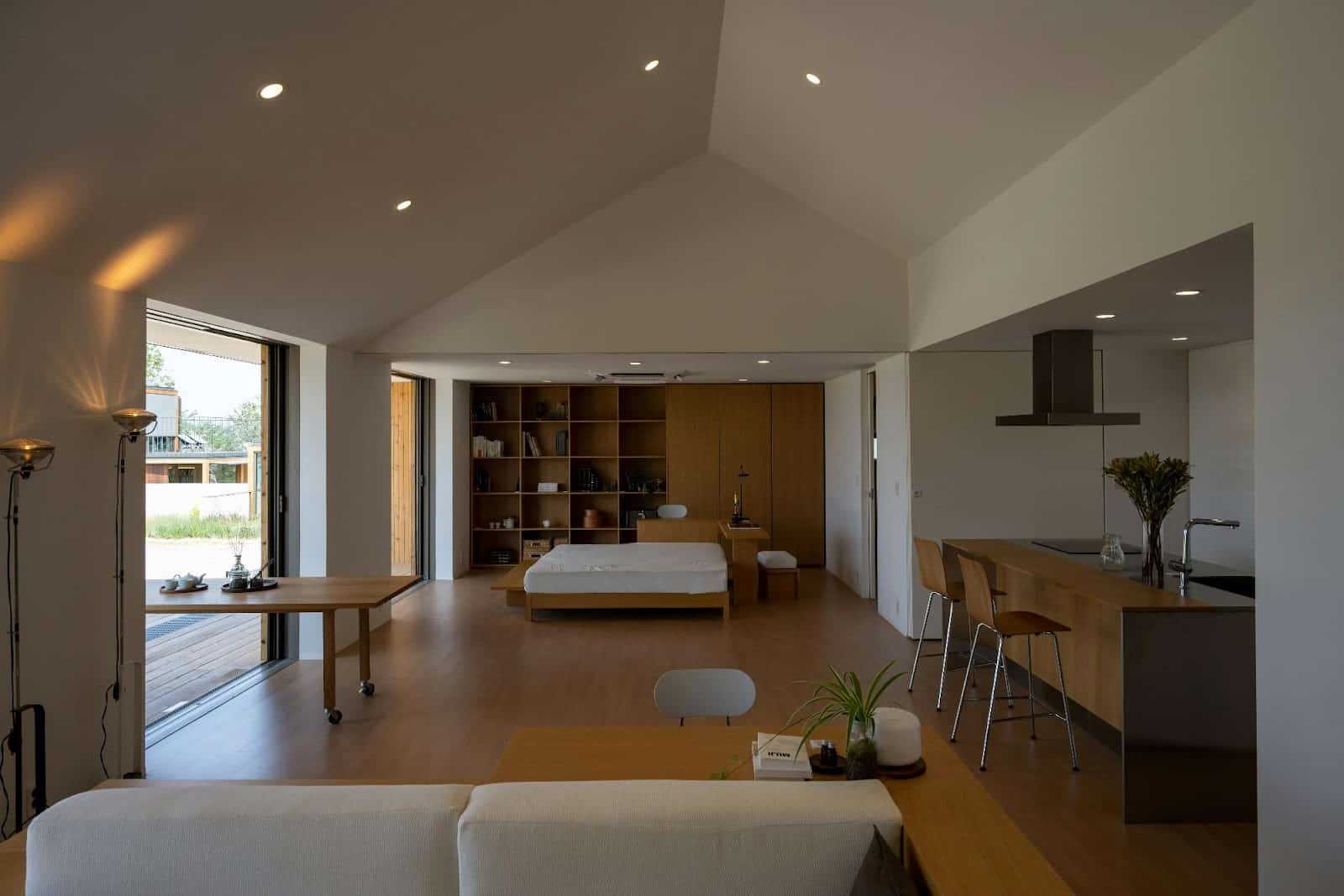
Focus on the practicalities of daily life to inform your design choices. Think about how each decision influences both immediate comfort and long-term functionality. Integrating thoughtful measures helps maintain harmony between form and function.
Strategic planning and a flexible mindset will help you steer clear of common renovation mistakes. Understanding that design is about balance, not perfection, ensures you create a space that truly feels like home.
Conclusion: Creating a Functional and Beautiful Home
A well-designed home blends aesthetics with functionality seamlessly. Avoiding common design pitfalls ensures your space looks great and serves your practical needs. Homeowners should prioritize making thoughtful design choices.
Reflect on each area of your home and envision its daily use. Making adjustments today can save you from renovation mistakes in the future. Integrating flexibility into your design plan can help accommodate future needs.
In the end, successful home improvement relies on careful planning and a clear vision. Whether you’re tweaking existing spaces or building from scratch, every decision should support your lifestyle and personal style.




